Home>Storage Ideas>Kitchen Storage>How To Clean Burnt Pots And Pans So They Shine Like New
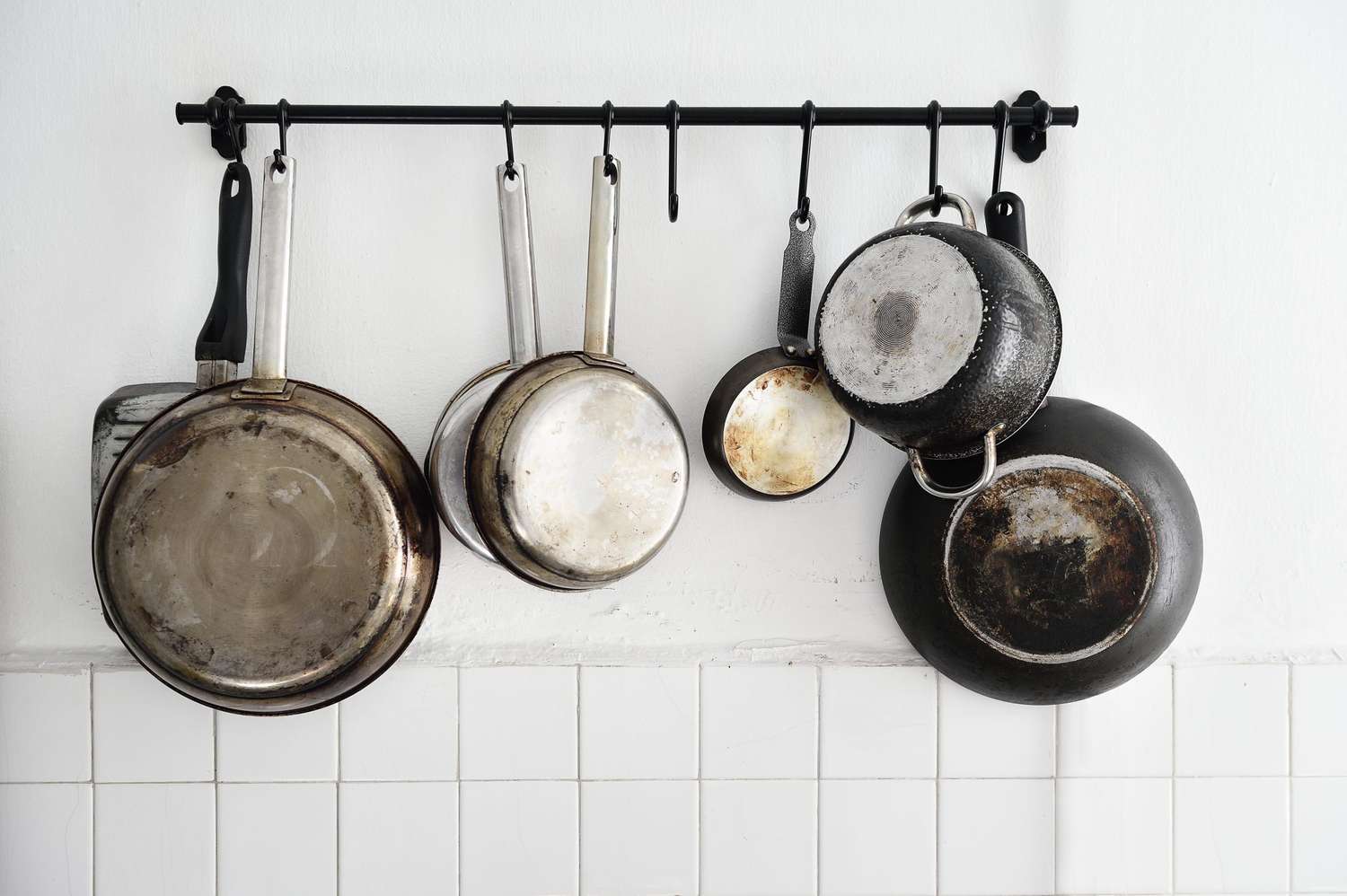

Kitchen Storage
How To Clean Burnt Pots And Pans So They Shine Like New
Modified: August 24, 2024
Learn the best kitchen storage ideas to keep your pots and pans organized and easily accessible. Discover how to clean burnt pots and pans effortlessly for a sparkling shine like new.
(Many of the links in this article redirect to a specific reviewed product. Your purchase of these products through affiliate links helps to generate commission for Storables.com, at no extra cost. Learn more)
Introduction
When it comes to cooking, accidents happen. No matter how skilled or experienced you are in the kitchen, there’s always a chance of burning food and ending up with a pot or pan covered in stubborn burnt-on residue. However, fear not! With the right techniques and a little bit of elbow grease, you can restore your burnt pots and pans to their former glory.
In this article, we will explore common methods for cleaning burnt pots and pans so that they shine like new. From soaking in hot water to using natural ingredients like baking soda and vinegar, we have got you covered with solutions that are effective and safe for your cookware. Additionally, we will provide tips for preventing burnt food in the first place, helping you to maintain your kitchen equipment in pristine condition.
So, if you have a burnt pot or pan sitting in your kitchen, don’t despair. Let’s dive into the world of kitchen storage ideas and discover how to clean burnt pots and pans, transforming them back into the shining stars of your culinary arsenal.
Key Takeaways:
- Easily restore burnt pots and pans to their former glory using natural ingredients like baking soda, vinegar, lemon juice, and salt. These methods are effective, safe, and eco-friendly for maintaining pristine cookware.
- Practice good cooking habits and regular maintenance to prevent burnt food in pots and pans. Control heat, use the right cookware, preheat pans, and clean regularly for consistently delicious meals and hassle-free cooking experiences.
Common Methods for Cleaning Burnt Pots and Pans
When it comes to cleaning burnt pots and pans, there are various methods you can try. Different techniques work better for different types of cookware and levels of burnt-on residue. Let’s explore some of the most common and effective methods:
- Soaking in Hot Water and Dish Soap: One of the simplest and most effective methods is soaking the burnt pot or pan in hot water and dish soap. Start by filling the pot or pan with hot water and adding a few drops of dish soap. Let it sit for at least 30 minutes or overnight, allowing the soap to loosen the burnt-on residue. After soaking, scrub gently with a non-abrasive sponge or brush.
- Baking Soda and Vinegar Paste: Baking soda and vinegar are powerful natural cleaning agents. Create a paste by mixing equal parts baking soda and vinegar. Apply the paste to the burnt areas of the pot or pan and let it sit for a few minutes. Then, scrub with a sponge or brush, focusing on the burnt spots. Rinse thoroughly with water.
- Lemon Juice and Salt Scrub: Lemon juice is acidic and can help dissolve burnt-on residue. Squeeze the juice of a lemon onto the burnt areas of the pot or pan and sprinkle salt over it. Use the lemon halves to scrub the burnt spots, applying gentle pressure. Rinse with water once the residue is removed.
- Boiling Water and Baking Soda: For pots with heavy burnt-on residue, try boiling water and baking soda. Fill the pot with water and bring it to a boil. Then, remove the pot from heat and add a few tablespoons of baking soda. Let it sit for 15-20 minutes before scrubbing with a sponge or brush. Rinse thoroughly afterward.
- Cream of Tartar and Hydrogen Peroxide: Make a paste by combining cream of tartar and hydrogen peroxide. Apply the paste to the burnt areas of the pot or pan and let it sit for a few minutes. Scrub gently with a sponge or brush and rinse thoroughly. This method is particularly effective for tough burnt-on stains.
- Commercial Cleaners: There are also various commercial cleaners available specifically designed for cleaning burnt pots and pans. Follow the instructions on the packaging and ensure that the cleaner is suitable for the type of cookware you have. Make sure to rinse the pot or pan thoroughly after using a commercial cleaner.
Remember to always refer to the manufacturer’s instructions for your specific cookware and exercise caution when using any chemicals or abrasives. While these methods are generally safe, it’s essential to consider the material and finish of your pots and pans to avoid any damage.
Soaking in Hot Water and Dish Soap
One of the simplest and most effective methods for cleaning burnt pots and pans is soaking them in hot water and dish soap. This method works well for pots and pans with mild to moderate burnt-on residue.
To begin, fill the burnt pot or pan with hot water, enough to cover the burnt areas. Add a few drops of dish soap to the water and give it a gentle stir to create a soapy solution. The dish soap helps to break down the burnt-on residue, making it easier to remove.
Allow the pot or pan to soak for at least 30 minutes. For more stubborn residue, leaving it overnight can be beneficial. During this time, the hot water and dish soap will work their magic, softening the burnt-on food and loosening its grip on the cookware’s surface.
Once the soaking time is complete, use a non-abrasive sponge or brush to scrub the burnt areas gently. Apply a bit of pressure to remove the loosened residue, but be careful not to scratch the surface of the pot or pan.
Rinse the pot or pan thoroughly with hot water to remove any remaining soap and residue. Check to see if there are any stubborn spots that require additional attention. If necessary, repeat the soaking and scrubbing process until the pot or pan is clean and shiny.
This method is effective for most types of cookware, including stainless steel, cast iron, and non-stick pans. However, for delicate or non-stick surfaces, it’s crucial to use a gentle sponge or brush to avoid scratching or damaging the coating.
Soaking in hot water and dish soap is a go-to method for cleaning burnt pots and pans due to its simplicity and effectiveness. It requires minimal effort, making it an excellent option for busy home cooks who don’t have much time to spend on cleaning.
Now that you know about the effectiveness of soaking in hot water and dish soap, give it a try the next time you have a burnt pot or pan. You’ll be amazed at how easily and quickly the burnt-on residue disappears, leaving your cookware looking shiny and new!
Baking Soda and Vinegar Paste
Baking soda and vinegar are powerful natural cleaning agents that can work wonders when it comes to removing burnt-on residue from pots and pans. The combination of these two ingredients creates a paste that helps to break down the burnt food particles and grime, making it easier to scrub away.
To create the baking soda and vinegar paste, you will need equal parts of baking soda and vinegar. Start by sprinkling a generous amount of baking soda on the burnt areas of the pot or pan. Then, pour some vinegar over the baking soda. The mixture will begin to fizz and bubble, which is a chemical reaction between the acidic vinegar and alkaline baking soda.
Allow the paste to sit on the burnt areas for a few minutes, giving it time to work its magic. The fizzing action helps to loosen the burnt-on residue and lift it from the surface of the cookware.
After a few minutes, take a non-abrasive sponge or brush and gently scrub the burnt spots using circular motions. The baking soda acts as a mild abrasive, while the vinegar helps to break down the burnt-on food, making it easier to remove.
Continue scrubbing until the burnt residue starts to lift off the pot or pan. You may need to apply a bit of pressure for tough stains but be careful not to scratch the surface of the cookware.
Once you have scrubbed away the burnt-on residue, rinse the pot or pan thoroughly with water. Make sure to remove all traces of the baking soda and vinegar paste. You can use a clean sponge or cloth to wipe away any residue.
This method is safe to use on a wide range of cookware materials, including stainless steel, cast iron, and enamel. However, avoid using baking soda and vinegar on non-stick pans, as the abrasive nature of baking soda can damage the non-stick coating.
Baking soda and vinegar are not only effective at removing burnt-on residue but also work as natural deodorizers, leaving your pots and pans smelling fresh and clean.
Next time you encounter a burnt pot or pan, give the baking soda and vinegar paste method a try. It’s an affordable, natural, and eco-friendly way to tackle stubborn burnt-on food and restore your cookware to its former glory.
Lemon Juice and Salt Scrub
Lemon juice and salt are a dynamic duo when it comes to cleaning burnt pots and pans. Lemon juice is acidic, which helps to break down the burnt-on residue, while salt acts as a gentle abrasive to scrub away the stains.
To start, cut a lemon in half and squeeze the juice onto the burnt areas of the pot or pan. Make sure to cover the entire burnt surface with lemon juice. Lemon juice is naturally acidic and works as a mild cleaner, making it effective at breaking down tough, burnt-on residue.
Next, sprinkle a generous amount of salt over the lemon juice. The salt granules provide gentle abrasion, which aids in the scrubbing process. The combination of lemon juice and salt not only helps to loosen the burnt-on food but also adds a pleasant citrusy scent to the cleaning process.
Using one of the lemon halves, use gentle but firm pressure to scrub the burnt spots in a circular motion. The acidity of the lemon juice, combined with the abrasive salt, will help lift off the burnt residue, making it easier to remove. Continue scrubbing until you see the stains start to fade.
After scrubbing, rinse the pot or pan thoroughly with water to remove any remaining lemon juice and salt. Check for any remaining stubborn spots and repeat the scrubbing process if necessary.
This method is particularly effective for stainless steel and copper pots and pans. However, exercise caution when using lemon juice and salt on delicate surfaces or non-stick pans, as the abrasiveness of salt can cause damage.
Once you have finished cleaning, give the pot or pan a final rinse to remove any traces of lemon juice and salt. Now you can enjoy a sparkling clean pot or pan that looks and smells fresh and rejuvenated.
Lemon juice and salt are readily available, affordable, and natural cleaning agents that can effectively tackle burnt-on residue. Plus, it’s a great alternative to chemical cleaners, providing a more eco-friendly cleaning solution for your kitchen.
Next time you come across burnt pots or pans, give the lemon juice and salt scrub method a try. Not only will it leave your cookware spotless, but it will also infuse a zesty, invigorating aroma into your kitchen.
To clean burnt pots and pans, fill the bottom with water, add 1 cup of vinegar, bring to a boil, then remove from heat and add 2 tbsp of baking soda. Let it sit for a few hours, then scrub with a non-abrasive sponge.
Boiling Water and Baking Soda
When faced with pots and pans covered in stubborn burnt-on residue, an effective method involves using boiling water and baking soda. This simple yet powerful combination helps to loosen and lift the burnt food particles, making them easier to remove.
To begin, fill the burnt pot or pan with water, leaving enough room for the water to boil without overflowing. Place the pot or pan on the stovetop and bring the water to a boil. Allow it to boil for a few minutes to ensure it reaches a high temperature.
Once the water has come to a boil, remove the pot or pan from the heat. Carefully add a few tablespoons of baking soda directly into the boiling water. The baking soda will begin to fizz and react with the heat, creating a powerful cleaning solution.
Allow the mixture to sit for about 15-20 minutes, giving the baking soda time to work its magic. The combination of the boiling water and baking soda helps to loosen the burnt-on residue, making it easier to scrub away.
After the soaking time, use a non-abrasive sponge or brush to gently scrub the burnt areas of the pot or pan. The boiling water and baking soda will have softened the burnt food particles, allowing them to be easily lifted off the surface of the cookware.
Scrub the pot or pan thoroughly, focusing on the burnt spots, until the residue starts to come off. Be cautious not to use too much force or a harsh abrasive that could damage the coating of non-stick pans or delicate surfaces.
Once you have finished scrubbing, rinse the pot or pan with warm water to remove any remaining baking soda and burnt residue. Inspect the cookware to ensure all the stains have been removed. If necessary, repeat the process until the pot or pan is clean and shiny.
Boiling water and baking soda are a cost-effective and natural way to remove stubborn burnt-on residue from pots and pans. This method is suitable for various types of cookware, including stainless steel and enamel, as well as for removing stains from the bottoms of pots.
Next time you encounter a pot or pan with burnt-on residue, give the boiling water and baking soda method a try. You’ll be amazed at how easily the burnt food particles are lifted away, leaving your cookware looking like new again.
Cream of Tartar and Hydrogen Peroxide
For those particularly stubborn burnt stains on your pots and pans, a combination of cream of tartar and hydrogen peroxide can work wonders. Cream of tartar is a mild acid that helps to break down the burnt-on residue, while hydrogen peroxide acts as an oxidizing agent to lift and remove the stains.
To create the cleaning paste, start by mixing equal parts cream of tartar and hydrogen peroxide in a bowl. Stir the mixture until it forms a thick paste. The cream of tartar will help to provide a gentle abrasive while the hydrogen peroxide will assist in breaking down tough stains.
Apply the paste to the burnt areas of the pot or pan, ensuring to cover the stains completely. Allow the paste to sit for about 15 minutes, giving it time to penetrate and loosen the burnt-on residue. This will help to make the scrubbing process more effective.
Using a non-abrasive sponge or brush, scrub the burnt spots with circular motions, applying moderate pressure. The combination of cream of tartar and hydrogen peroxide will work together to lift the stains and make them easier to remove.
Continue scrubbing until the burnt-on residue starts to fade away. If necessary, apply more of the cream of tartar and hydrogen peroxide paste and repeat the scrubbing process until the stains are completely gone.
Once you have removed the burnt-on residue, rinse the pot or pan thoroughly with warm water. Make sure to remove any remaining paste to prevent issues with taste or texture during future cooking.
This method is safe to use on stainless steel, cast iron, and enamel cookware. However, it’s important to exercise caution when using it on non-stick pans or delicate surfaces, as the abrasive nature of cream of tartar can potentially damage the coating.
With the cream of tartar and hydrogen peroxide method, you can effectively tackle those stubborn burnt stains, leaving your pots and pans looking clean and revitalized.
Give this powerful combination a try next time you encounter tough burnt-on residue, and watch as your pots and pans regain their shining glory.
Commercial Cleaners
When it comes to cleaning burnt pots and pans, there is a wide range of commercial cleaners available on the market that are specifically formulated to tackle tough stains and burnt-on residue. These cleaners are often designed to target specific materials, such as stainless steel, copper, or non-stick surfaces, ensuring safe and effective cleaning.
When using commercial cleaners, it’s important to follow the instructions provided on the packaging. Different cleaners may require different procedures, so be sure to read and understand the directions before use.
Typically, you would apply the commercial cleaner directly onto the burnt areas of the pot or pan. Allow it to sit for the recommended amount of time, which is usually a few minutes, to give the cleaner a chance to penetrate and break down the stubborn residue.
After the soaking time, use a non-abrasive sponge or brush to scrub the burnt spots, focusing on the areas where the cleaner was applied. Follow the manufacturer’s recommendations regarding the amount of pressure to exert during scrubbing to avoid damaging the cookware.
Rinse the pot or pan thoroughly with water to remove any residue from the commercial cleaner. Make sure to remove all traces of the cleaner to prevent any chemical taste or odor from affecting your future cooking.
It’s worth noting that not all commercial cleaners are suitable for every type of cookware. Some cleaners may contain harsh chemicals or abrasives that could cause damage to certain materials or non-stick coatings. Always check the label or contact the manufacturer to ensure the cleaner is compatible with your specific cookware.
Commercial cleaners can be a convenient option for those who prefer a ready-to-use solution or need a heavy-duty cleaner for tough burnt-on residue. They are often formulated with powerful ingredients to provide effective cleaning, saving you time and effort.
When choosing a commercial cleaner, opt for one that is recommended for burnt-on residue and has good customer reviews. This will help ensure that you are selecting a reliable product that delivers the desired results.
Keep in mind that commercial cleaners typically come in various forms, such as sprays, gels, or powders. Choose the format that is most convenient for you and suits your cleaning preferences.
By using a commercial cleaner specifically designed for cleaning burnt pots and pans, you can effectively and efficiently remove tough stains and burnt-on residue, restoring your cookware to its original shine.
Tips for Preventing Burnt Food in Pots and Pans
Preventing burnt food in pots and pans is not only essential for maintaining the quality of your cookware but also for ensuring delicious and evenly cooked meals. Here are some tips to help you prevent burnt food from sticking to your pots and pans:
- Control the heat: Adjusting the heat appropriately is crucial in preventing burnt food. Opt for medium heat for most cooking tasks and higher heat only when necessary. Avoid turning the heat to the highest setting as it can quickly burn food and create a mess.
- Use the right cookware: Choose cookware with a thick and evenly distributed base, preferably made of materials with excellent heat conductivity such as stainless steel, copper, or aluminum. This helps to prevent hot spots and promotes even cooking, reducing the chances of burnt food.
- Preheat the pan: Always preheat your pan before adding ingredients, especially when searing or frying. Preheating allows the heat to distribute evenly and helps to prevent food from sticking to the surface. Test the heat by sprinkling a few drops of water on the pan – if they sizzle and evaporate quickly, it’s time to add your ingredients.
- Use cooking oil or butter: Adding a small amount of cooking oil or butter to the pan before cooking can help to create a non-stick surface. This lubricates the pan and reduces the chances of food sticking and burning. Remember to use oils with a high smoke point, such as canola or grapeseed oil, for high-heat cooking.
- Monitor and stir frequently: Keep a close eye on your cooking, especially when using high heat. Stirring the food frequently helps to distribute heat evenly and prevents it from burning. It also allows you to adjust the heat or cooking time as needed to avoid overcooking or burning.
- Follow recipe instructions: It’s important to follow the recommended cooking times and temperatures provided in recipes. Each dish may have specific instructions to ensure optimal results. Overcooking or leaving food on high heat for too long can lead to burnt spots and a lingering burnt taste.
- Use timers and alarms: Set timers or use kitchen alarms to remind you to check on your food during the cooking process. This can help prevent any distractions or forgetfulness that might lead to burnt food.
- Clean and maintain your cookware: Regularly clean your pots and pans to remove any accumulated burnt-on residue. This not only helps to prolong the lifespan of your cookware but also prevents old burnt food particles from affecting the flavor of future meals.
By following these tips, you can reduce the chances of burnt food in your pots and pans, ensuring enjoyable cooking experiences and delicious results. Remember, prevention is key when it comes to avoiding the hassle of cleaning burnt cookware and ensuring consistently great-tasting meals.
Conclusion
When it comes to tackling burnt pots and pans, there is a range of effective methods at your disposal. From soaking in hot water and dish soap to using natural ingredients like baking soda and vinegar, lemon juice and salt, or commercial cleaners, you have various options to choose from.
These methods, when applied correctly, can help you remove stubborn burnt-on residue and restore your pots and pans to their former shine. Whether you prefer natural or commercial solutions, there is a method suitable for every type of cookware and level of burnt food.
However, prevention is always better than cure. By following simple tips such as controlling the heat, using the right cookware, preheating the pan, and stirring frequently, you can avoid burnt food in the first place. These proactive measures will not only save you time and effort but also ensure delicious and evenly cooked meals.
Remember, the key to preventing burnt food and maintaining clean cookware is to practice good cooking habits and regular maintenance. Clean your pots and pans regularly to remove any buildup of burnt-on residue and always follow the recommended cooking instructions provided in recipes.
By incorporating these practices and methods into your culinary routine, you can enjoy hassle-free cooking experiences and keep your pots and pans in top-notch condition for years to come.
So, the next time you encounter burnt pots and pans, don’t panic. Armed with the knowledge and techniques shared in this article, you have the power to restore your cookware and create delicious meals with confidence.
Frequently Asked Questions about How To Clean Burnt Pots And Pans So They Shine Like New
Was this page helpful?
At Storables.com, we guarantee accurate and reliable information. Our content, validated by Expert Board Contributors, is crafted following stringent Editorial Policies. We're committed to providing you with well-researched, expert-backed insights for all your informational needs.
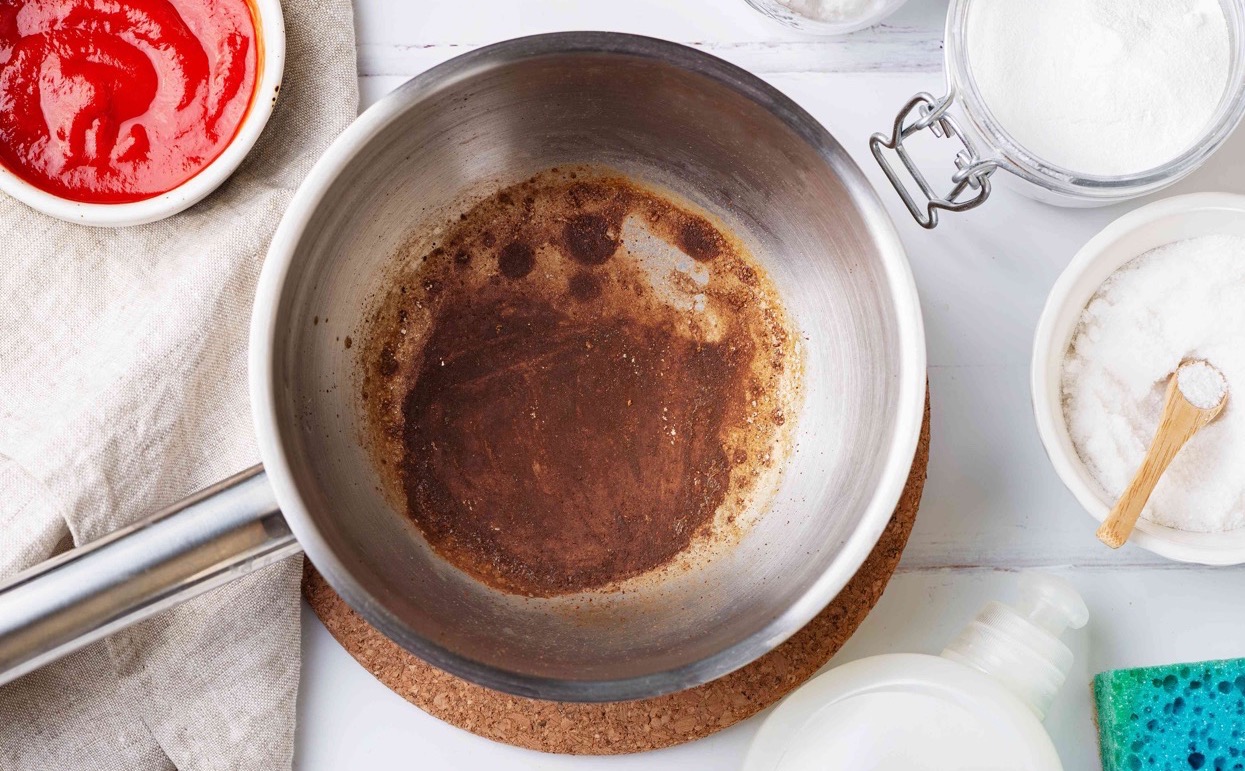
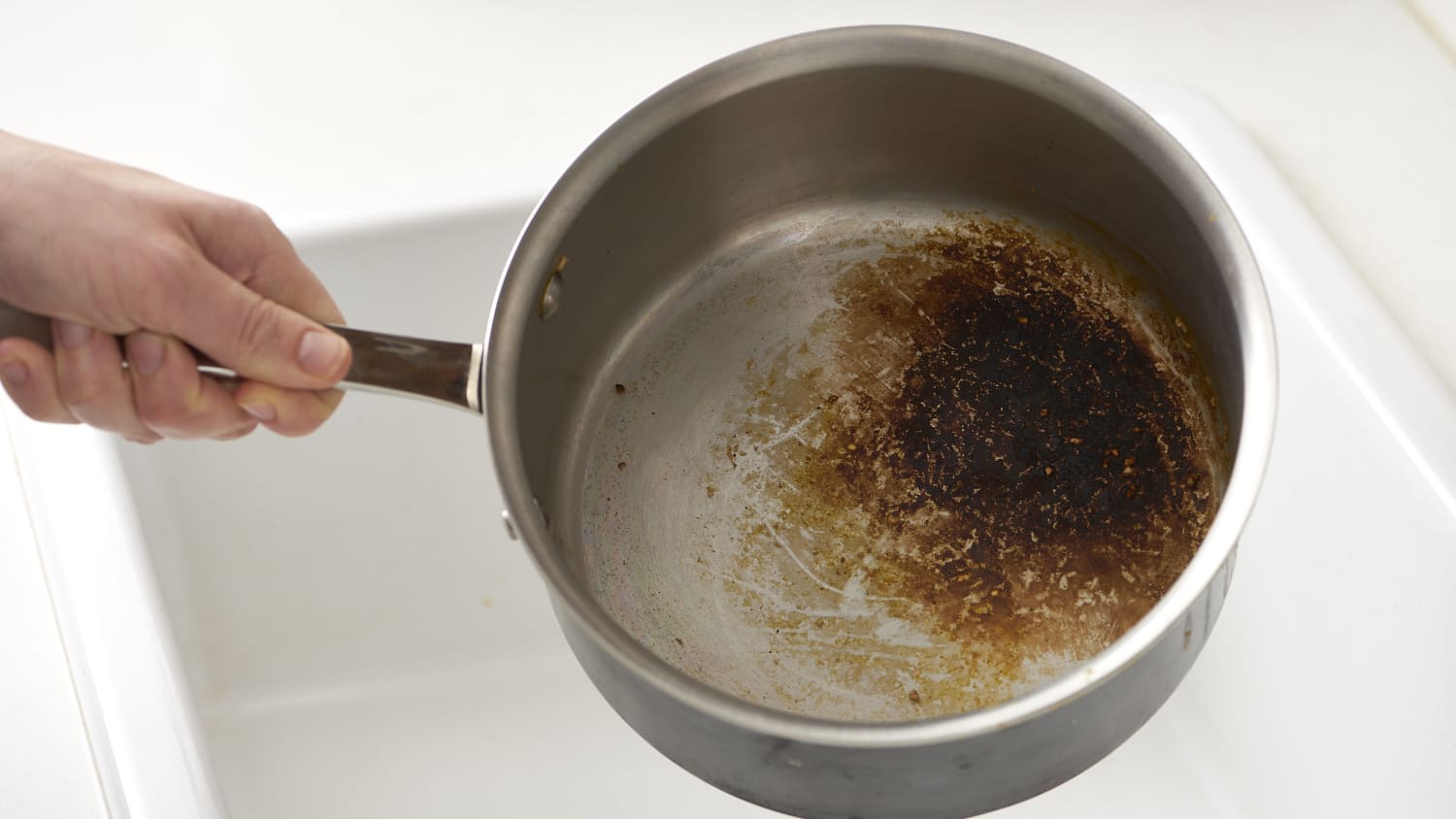
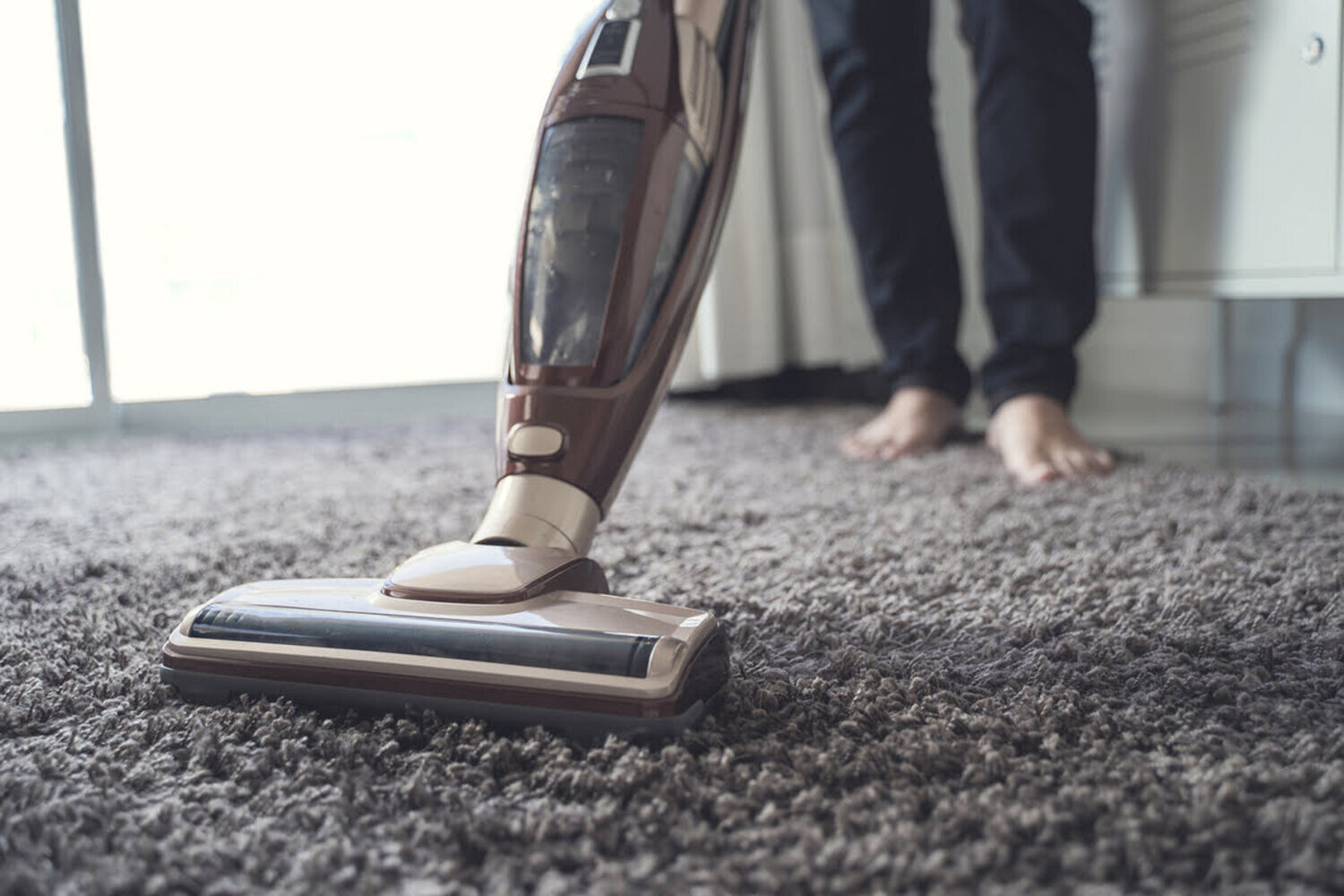
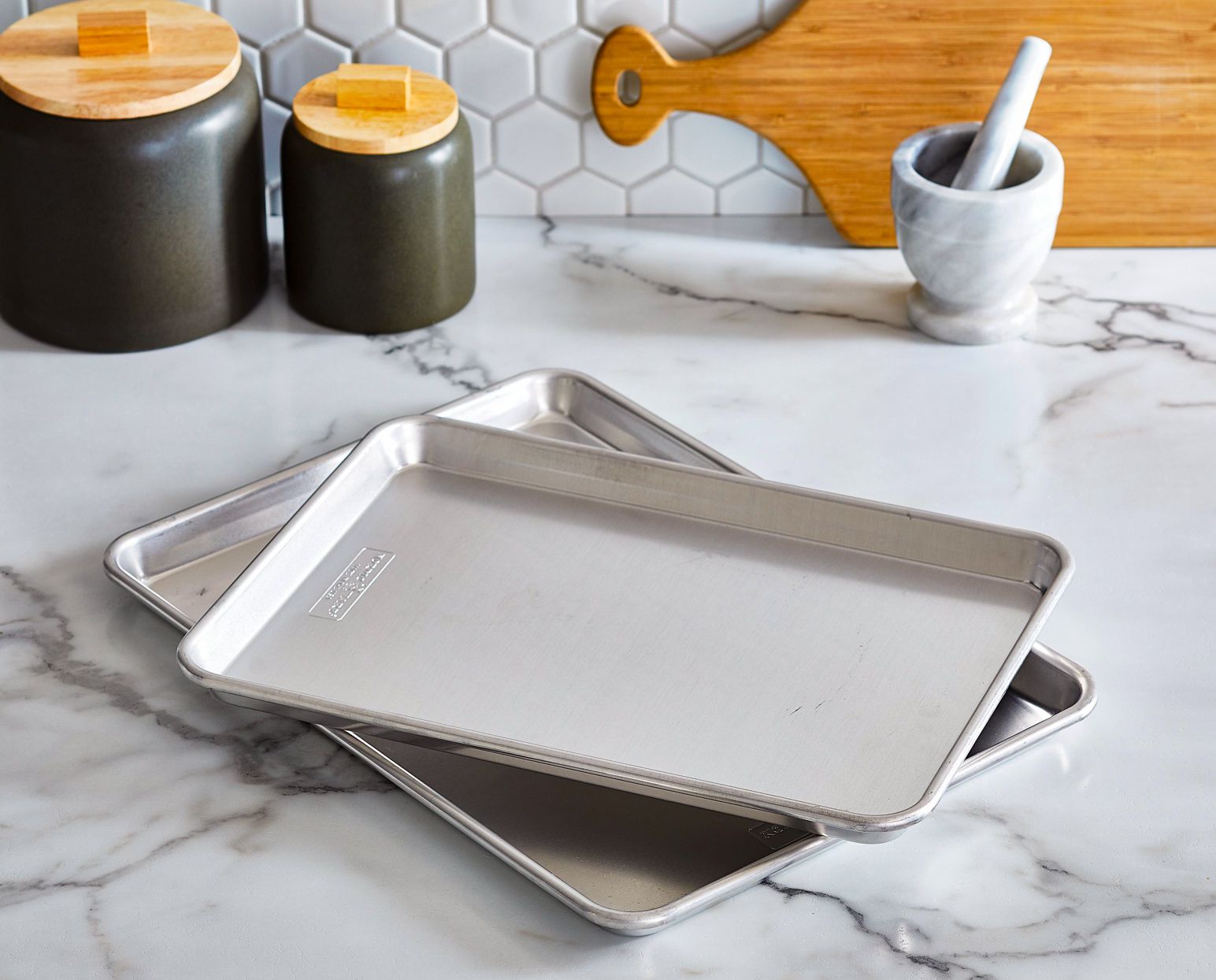
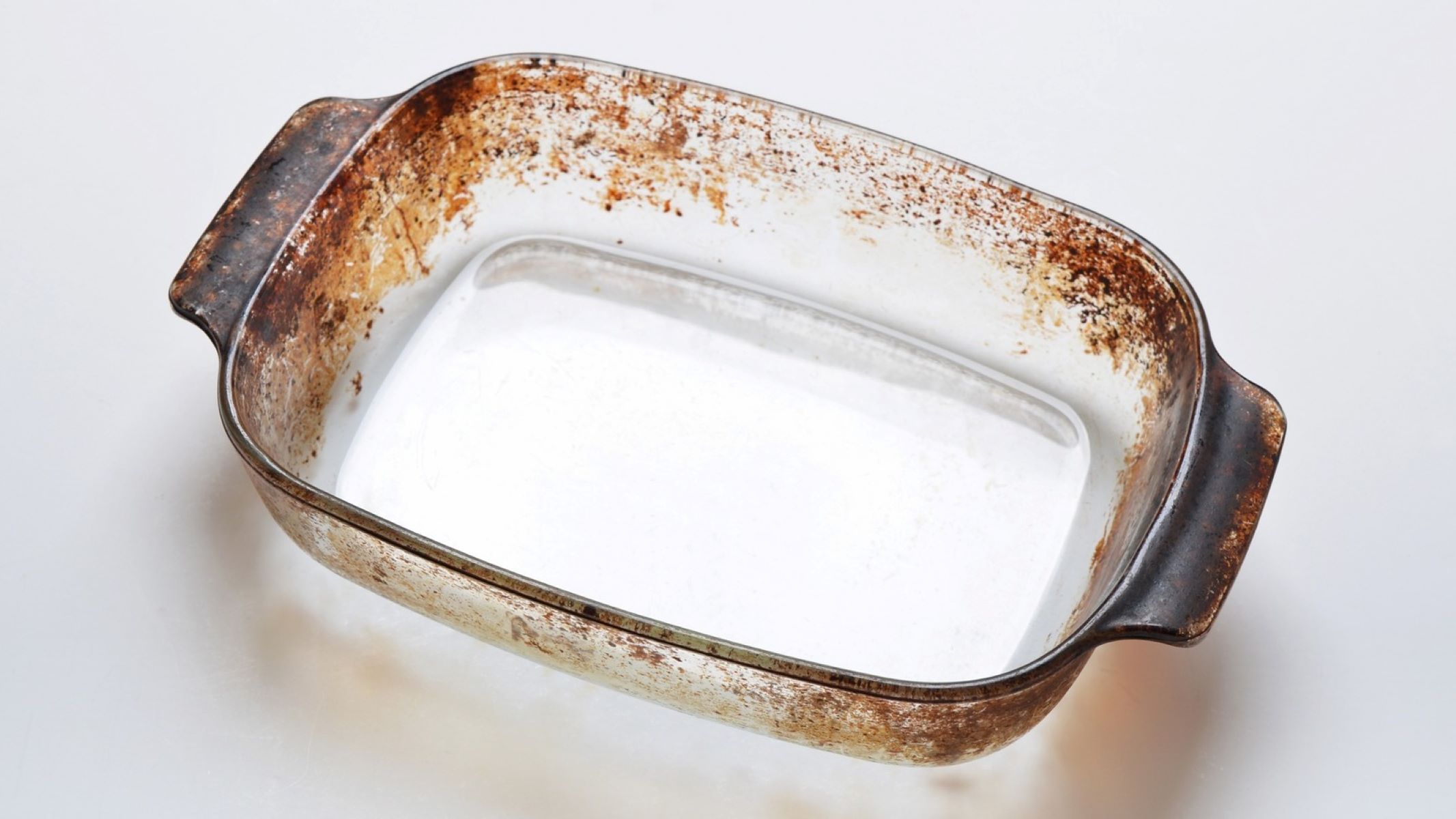
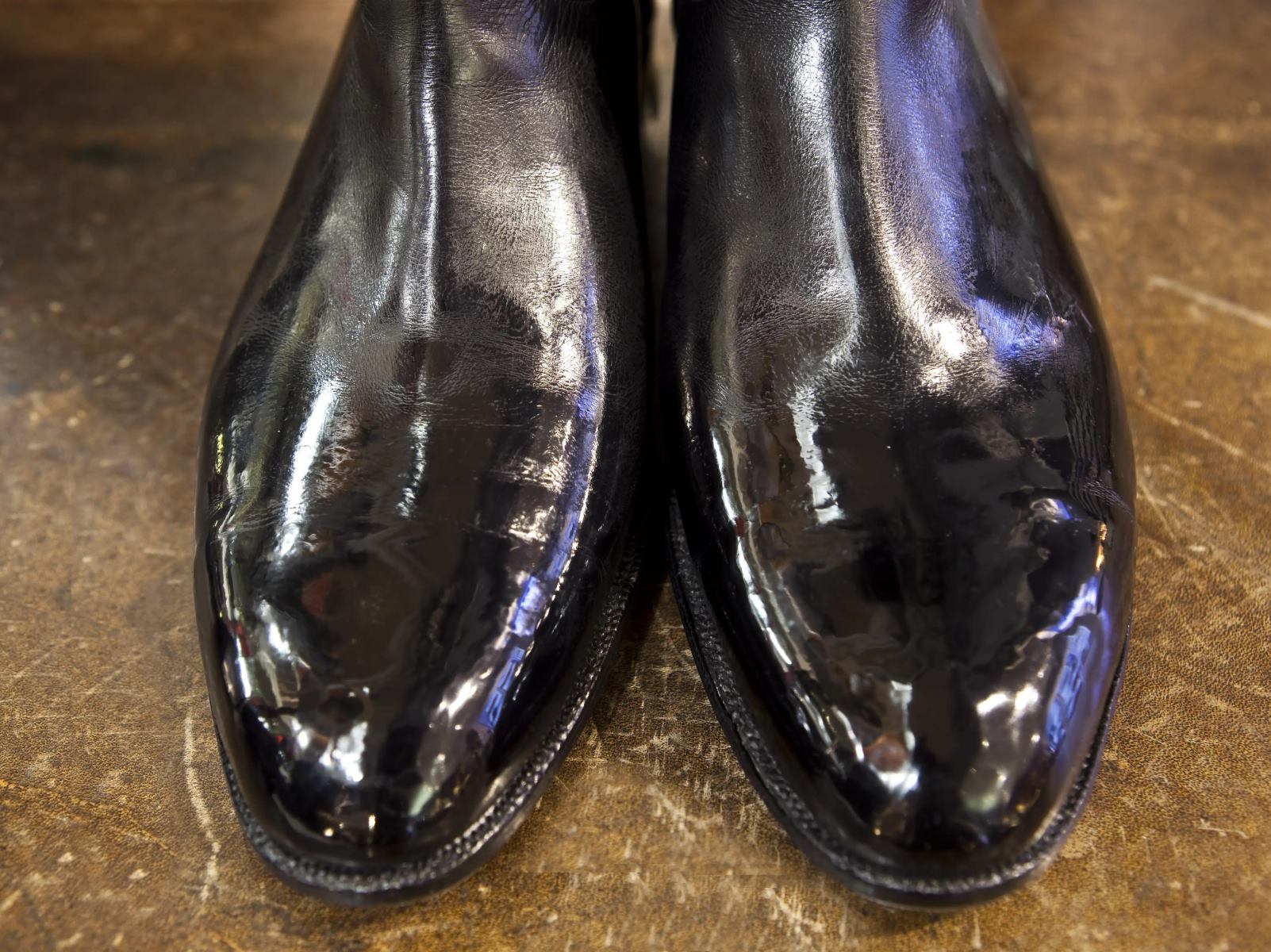
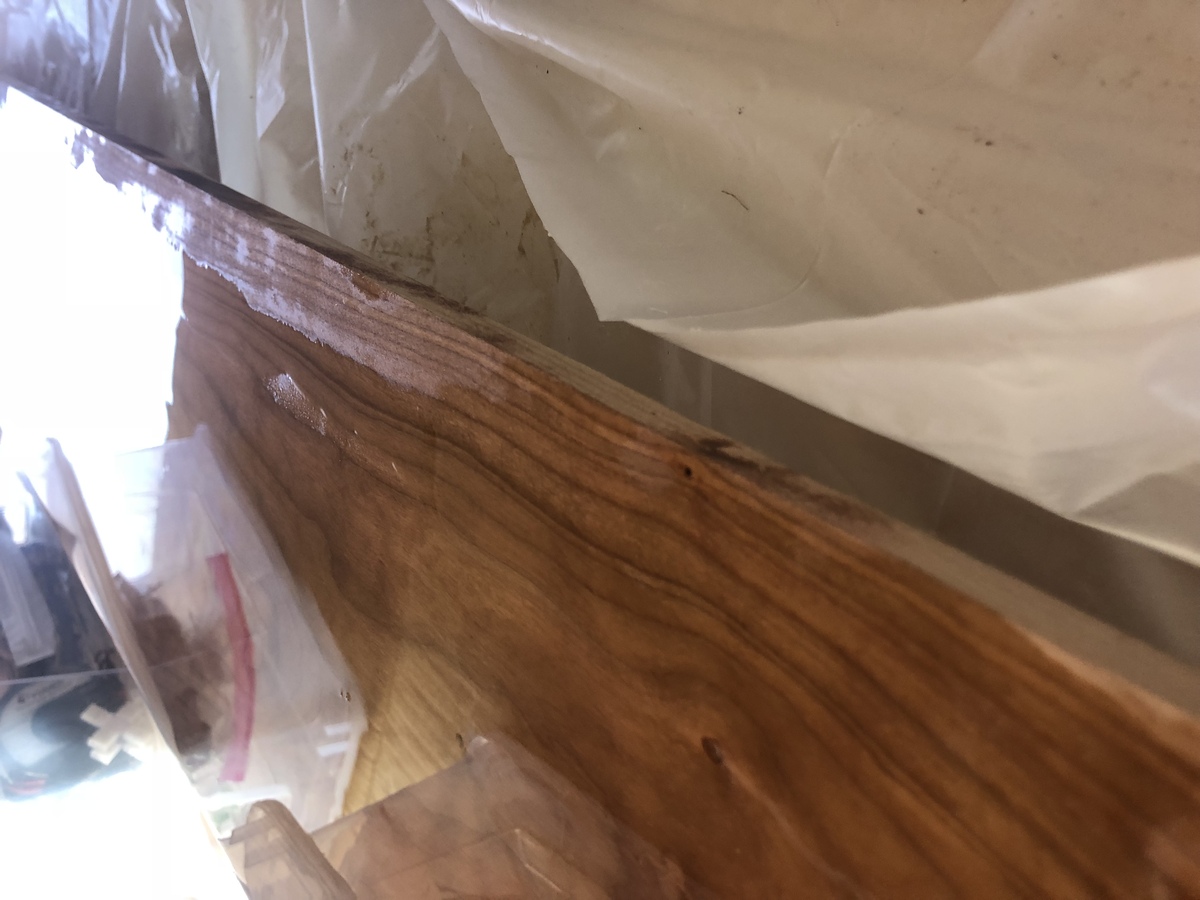
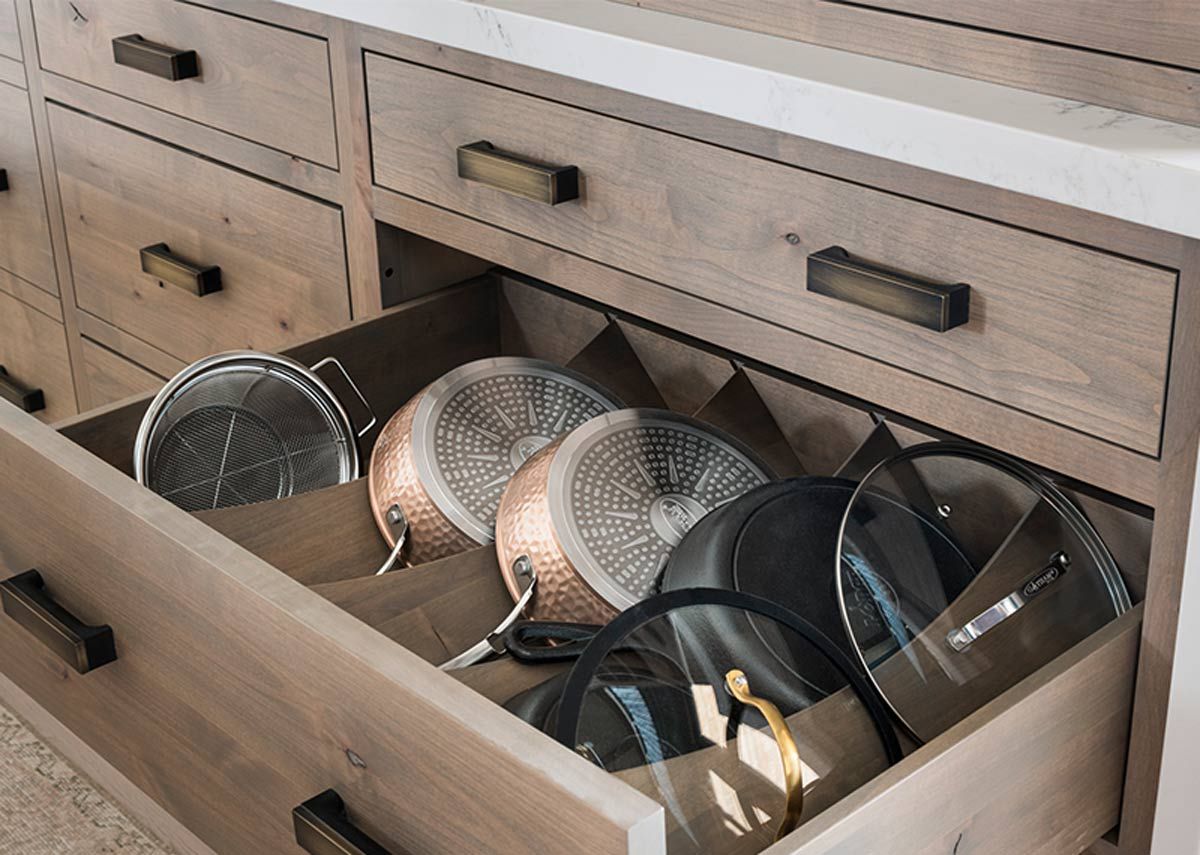
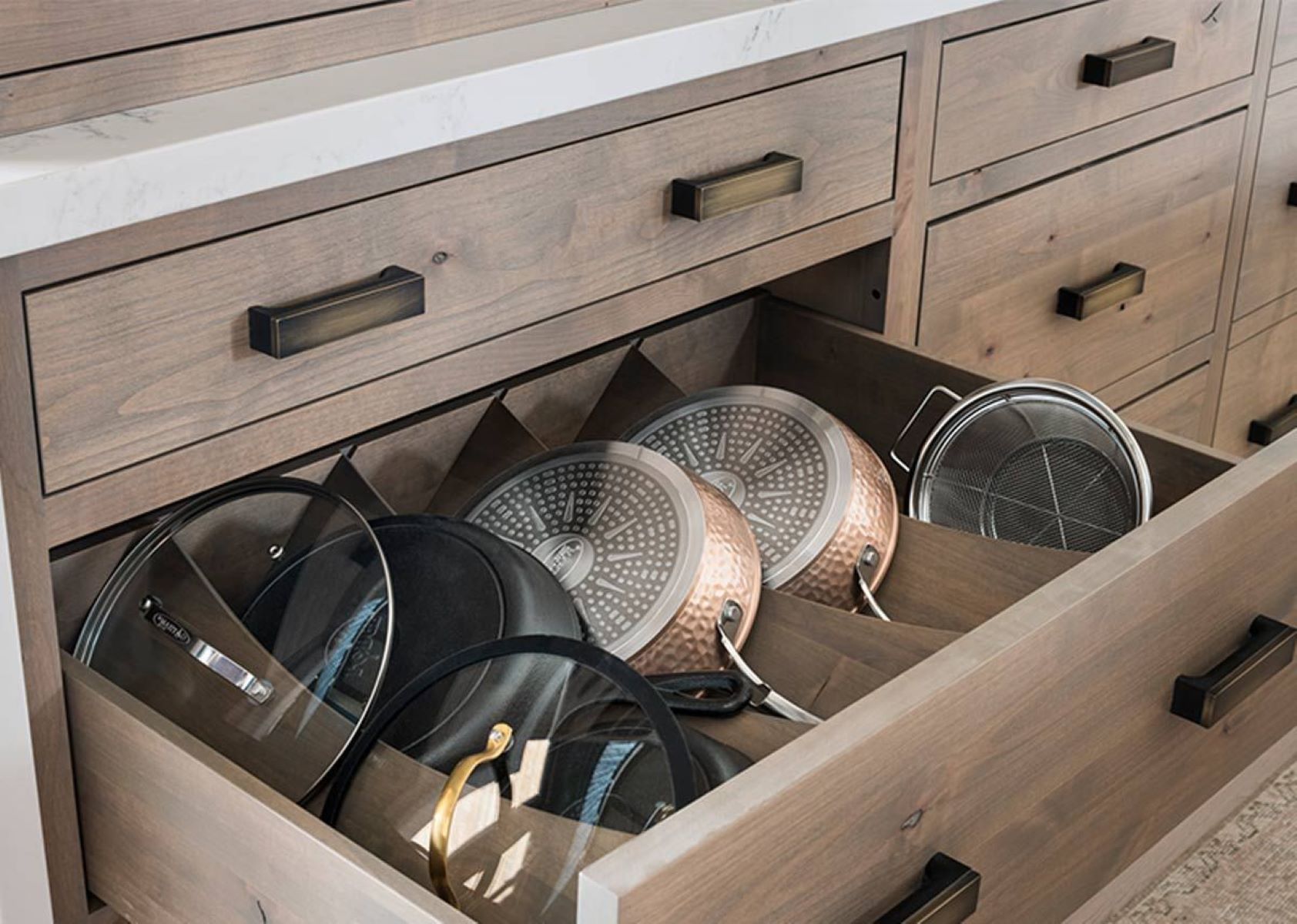
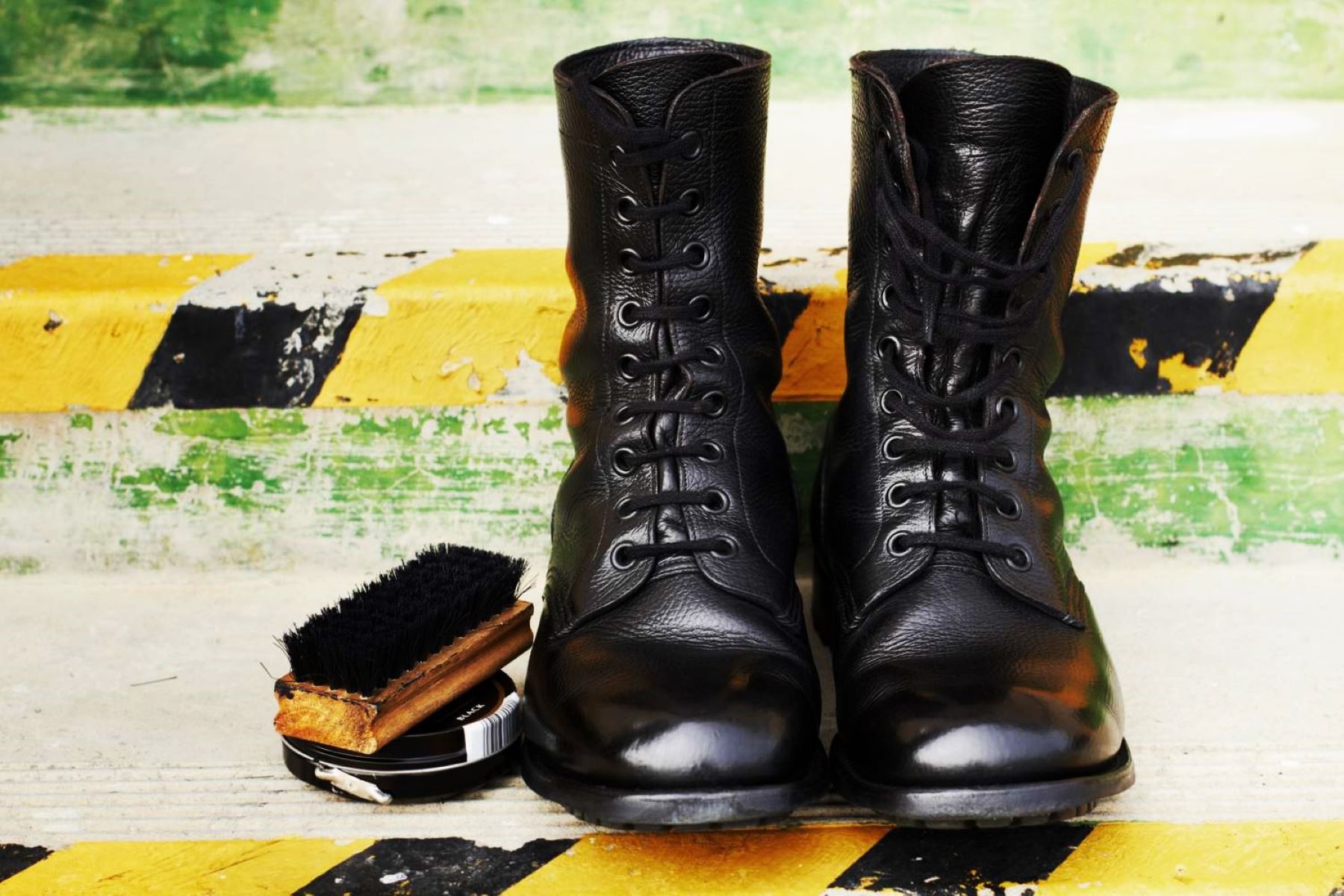

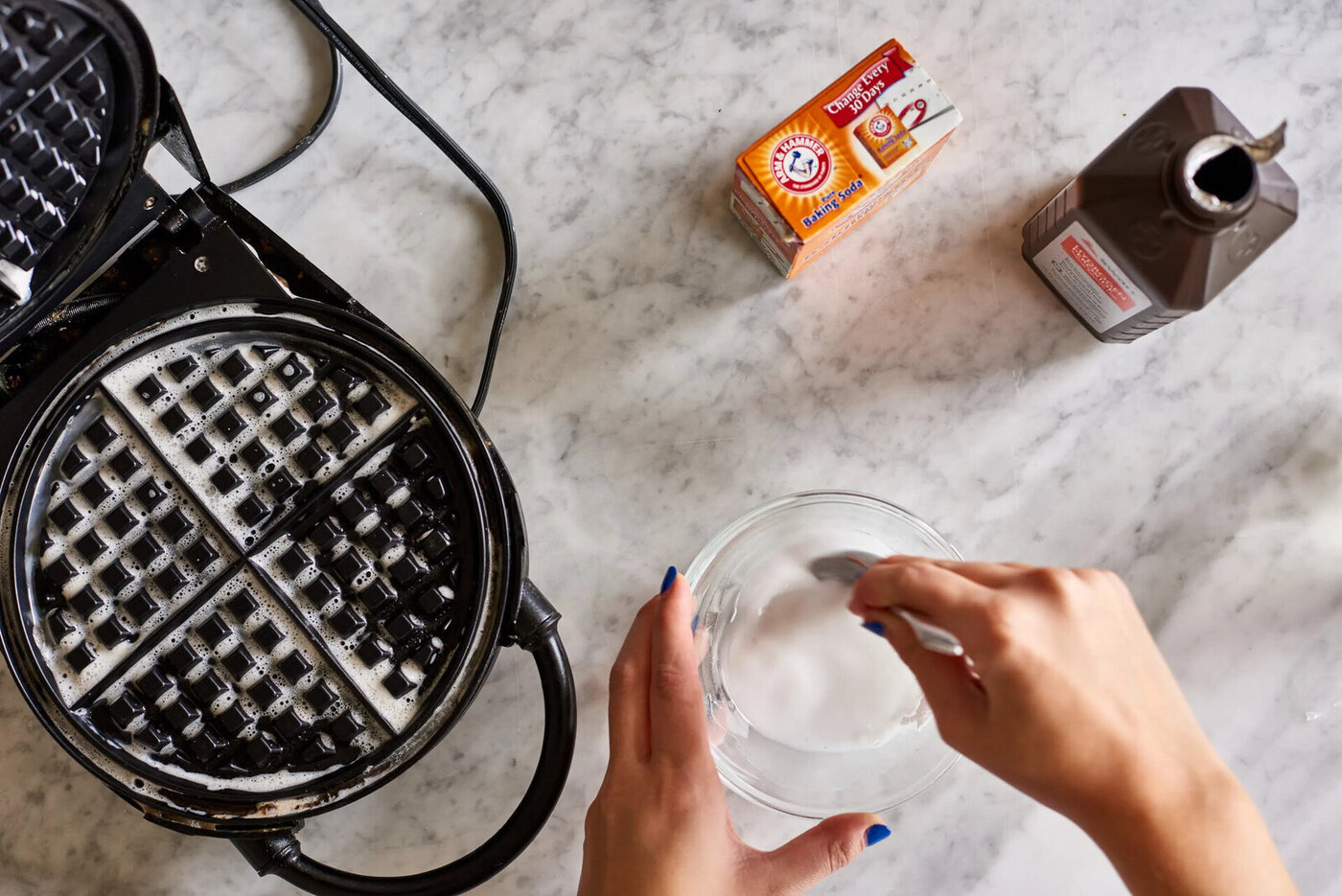
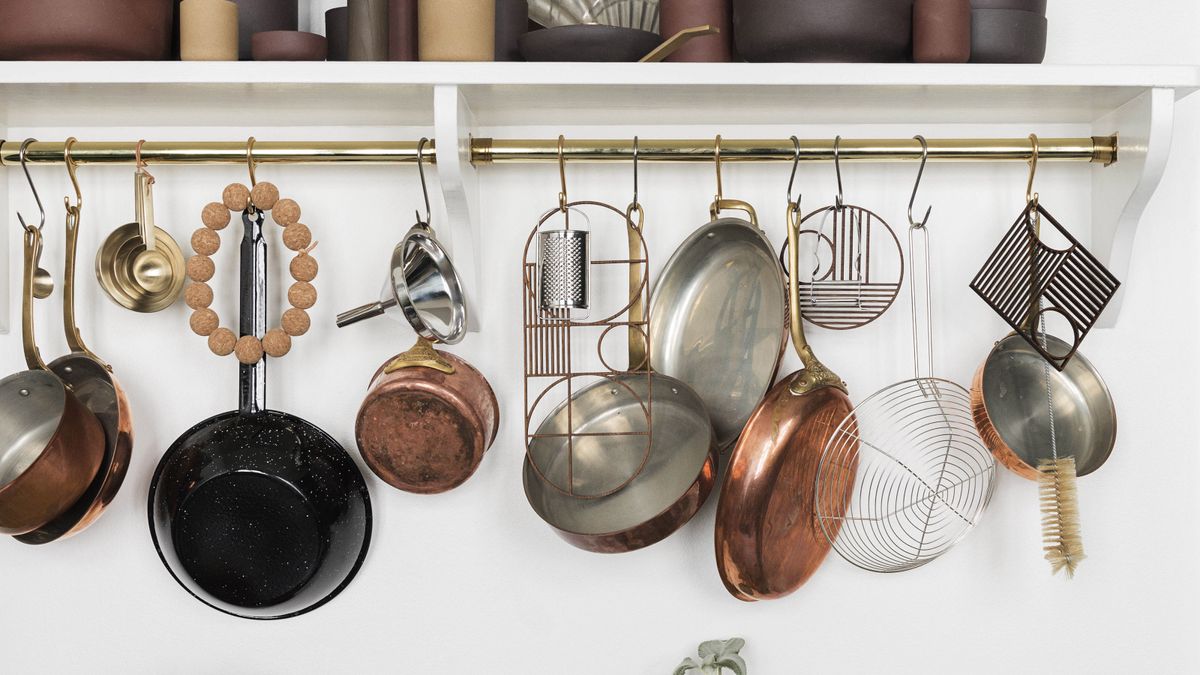

0 thoughts on “How To Clean Burnt Pots And Pans So They Shine Like New”